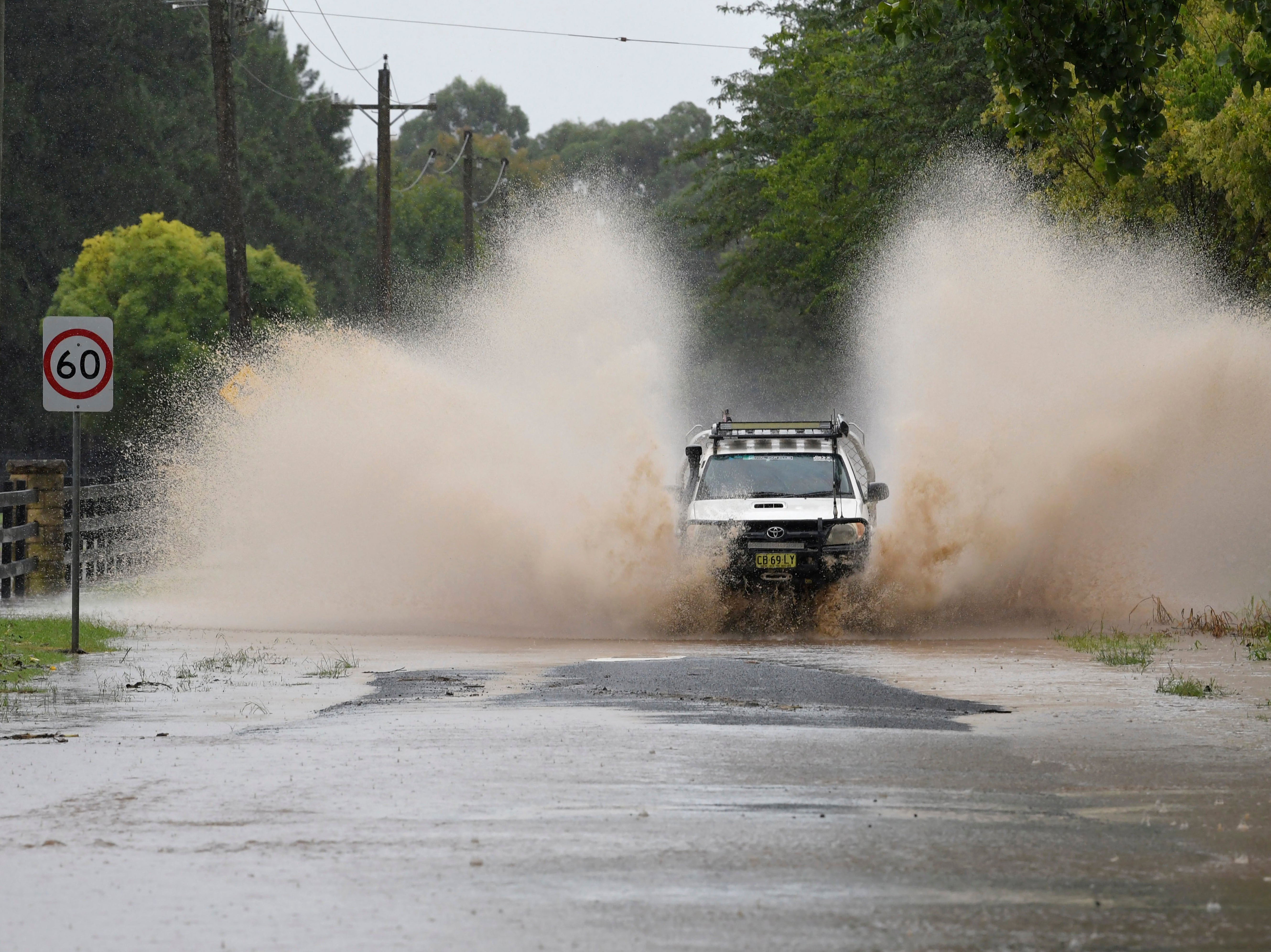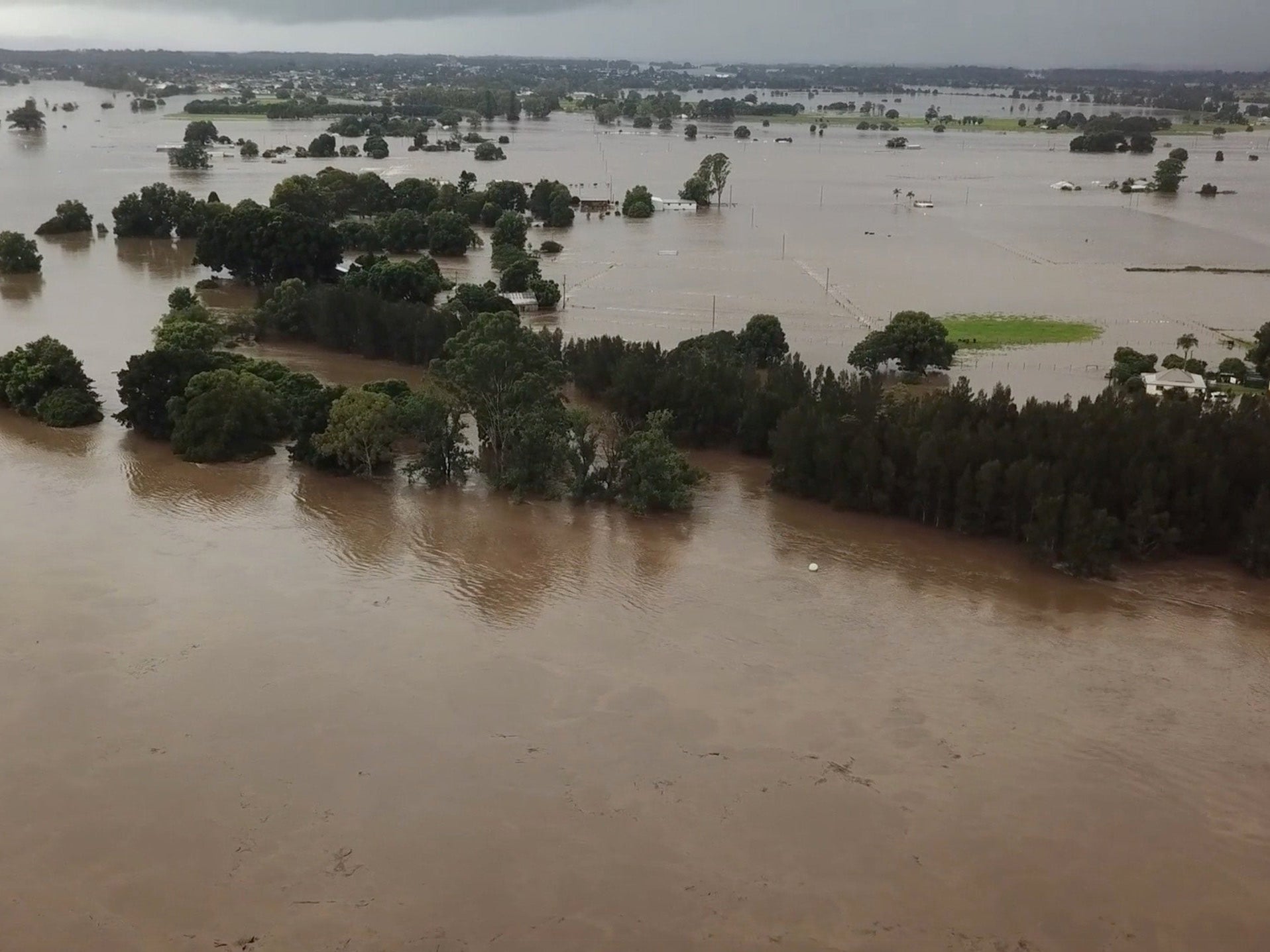Massive storms sweeping the east coast of Australia have forced thousands to evacuate and millions of Sydney residents to shelter in their homes.
Record rainfall plus a mini-tornado have wreaked havoc across the state of New South Wales (NSW), leading a dam to overflow and widespread flooding.
Australia’s Bureau of Meteorology has issued warnings for major floods in swathes of western Sydney after the Warragamba Dam spilled over on Saturday.
Evacuation orders have been issued to those living in 15 areas already, with water in places already up to the windows forcing locals to kayak to safety through flooded streets.
To add to the carnage, a mini-tornado ripped through a western suburb of Sydney, damaging about 30 homes and cutting power for thousands.
Read more:
New South Wales’s premier, Gladys Berejiklian said the state was experiencing a “deep-seated, extreme weather event” which could go on for many more days.
"I hate to say this again to all our citizens of the state, but it's not going to be an easy week for us," she told a televised briefing. "The rain may not stop till Thursday or Friday."
The NSW State Emergency Service has carried out 500 flood rescues and responded to 4,000 calls for help by Saturday afternoon.
David Elliott, the NSW emergency services minister, has pleaded with locals not to leave their homes and risk getting caught in dangerous flood waters.

“Five hundred flood rescues over the course of this operation so far is just completely unacceptable,” he said. “The message is clear: do not walk through or drive through floodwaters, do not drive over water that is covering a road.”
Meteorological experts have predicted that the coming days could see as much as a 1,000mm further rainfall, in a month when March rainfall records had already been smashed by more than 100mm.
Several districts in western Sydney at risk of flooding from the overflowing Warragamba Dam had seen significant developing since the dam last flooded in 1990. This could mean floodwaters go further and faster as they flow over paved surfaces which were previously countryside.
Ironically, many of the places seeing the flash flooding have recently suffered extreme drought and seen major bushfires during the “Black Summer” of 2019-20.
The storms and flooding are also affecting Australia’s effort to vaccinate its population against coronavirus.
The national government warned there would be delays to jabs over the coming days in Sydney and throughout NSW. A spokesperson for the Department for Health said officials were “working directly with GPs on these issues and we ask for the public’s patience and understanding with these unforeseen supply delays”.

Join our commenting forum
Join thought-provoking conversations, follow other Independent readers and see their replies
Comments